In recent years witchcraft has become something of a cultural commodity among female millennials. Search Twitter for 'Witch' and you will be duly furnished with hundreds of women with dark and blunt fringes or hair dyed swampy shades of blue and violet; search Instagram and you will find thousands. At the recent Women’s March there was a strong witch presence; with women cloaked in heavy black attire bearing signs stating 'Witches Against White Supremacy' and 'Hex The Patriarchy'. Pentangles and healing crystals are a staple on velvet chokers and three of the biggest independent cinematic hits of last year were The Witch, The Blair Witch and The Love Witch. While there is an evident re-engagement with spirituality, astrology and mysticism among young women generally, there is a very specific aesthetic identification with Witches and Witchcraft. There appears to be something about this particular moment in time that is drawing women to the occult. Though there is a distinction zdgtbetween buying a kitsch book of spells from Waterstones before administering a turquoise rinse and taking steps towards participating in what is a religion and faith. I wanted to find the real witches; to find out whether this uptake of interest among young people has extended to the circles that regularly practise Witchcraft and Wicca. I wanted to find the Covens.
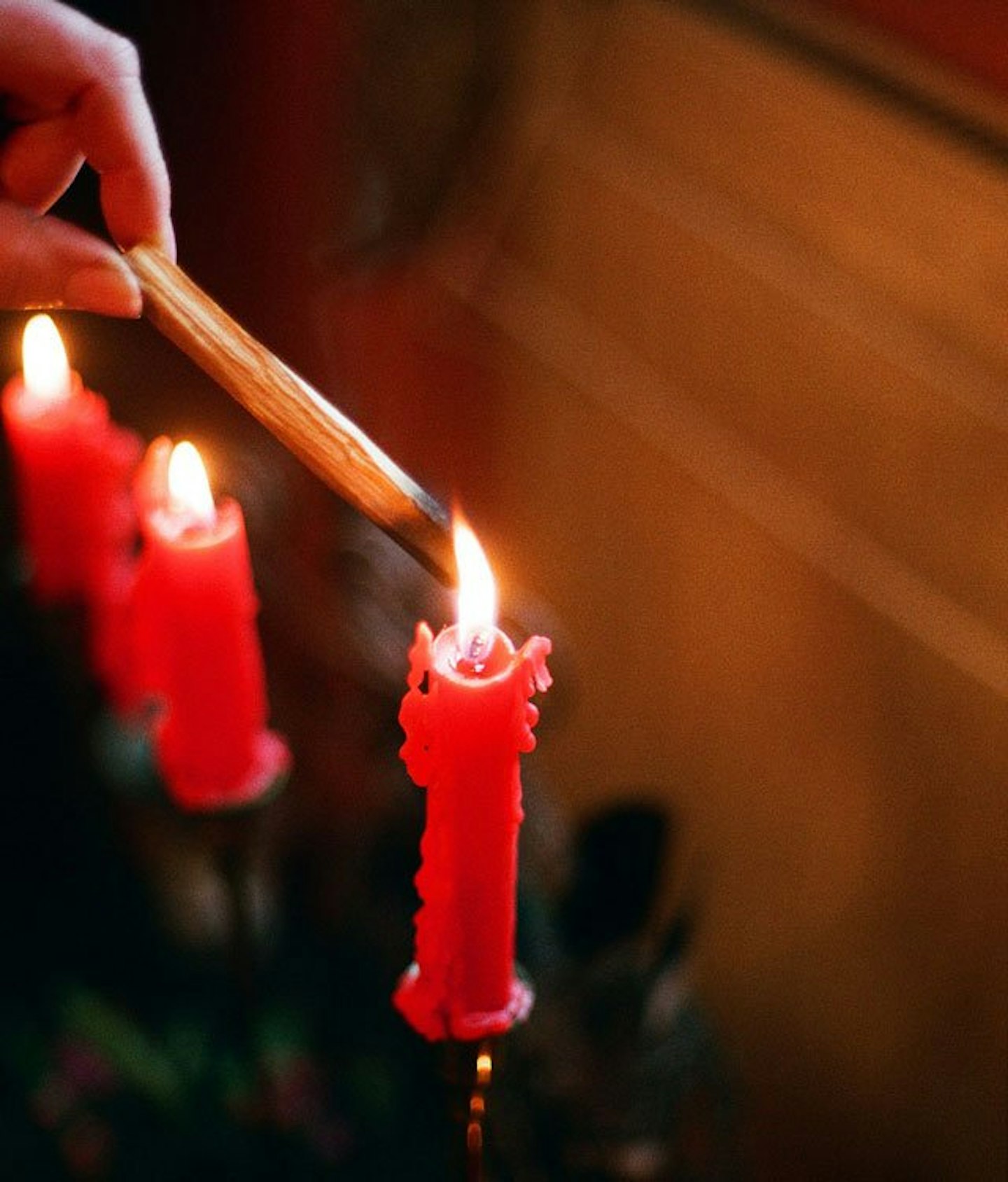
The meaning of the word Witch is thought to come from the Anglo-Saxon word for 'wise one'. It is an old, old religion, one that pre-dates Christianity, which offers a belief in both female and male deities, the god and goddess. Witches may work in groups (Covens) or alone; worshipping the gods through the performing of rites, which may or may not include the practice of magic. The most prolific form of contemporary Witchcraft in the UK is Wicca, which offers a positivity-focussed and nature-oriented iteration of the religion; however there are also Witches practising Traditional Witchcraft, which allows for a balance of the positive and the negative. Those self-identifying with Traditional Witchcraft or as Witches perform magic, while Wiccans may just observe the values and beliefs of the religion, without expressly engaging with magic. Suzanne Reid is one of the founders of the Traditional Witchcraft Coven based in the North West of England, the
.
Suzanne believes Traditional Witchcraft is instrumental to who she is; something that influences her every waking moment. Suzanne rejected Christianity at the young age of twelve, believing no 'all loving god could subject man to such pain and horror'. She spent many years searching for a belief or a religion that fit her values, though nothing did until she met her husband, who guided her toward Paganism.
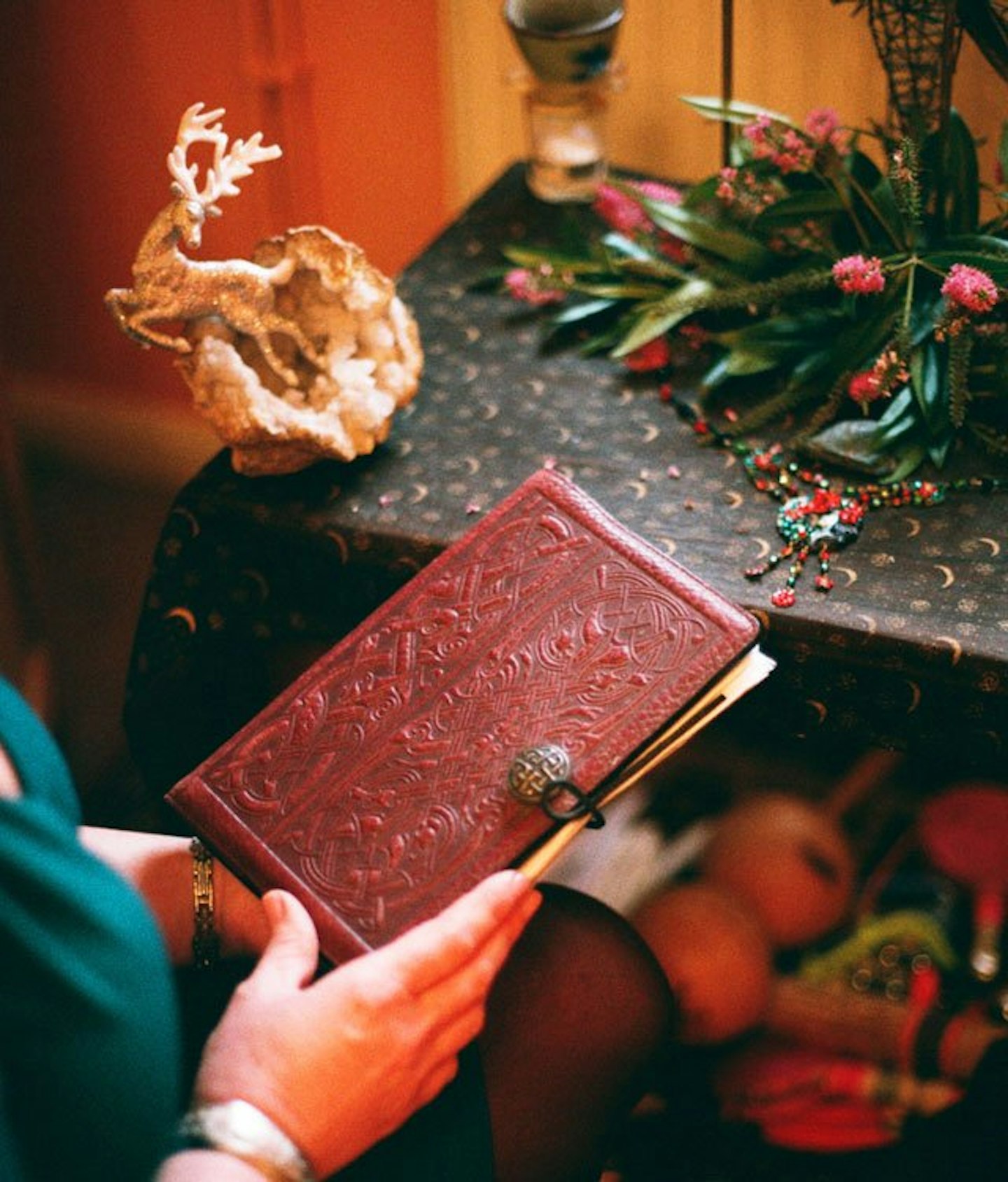
'It was like coming home. At first we found the all-prevalent Wicca, but found ourselves out of balance with the "love and light" focus of Wicca. A chance online meeting introduced us to a trad-crafter. We travelled to meet her, training with and joining their “family”. We founded the Hearth three years ago, having been fortunate enough to find other groups who practise "Traditional Witchcraft."'
Suzanne’s definition of Traditional Witchcraft is a complex one. 'Ask 1000 different Witches what Witchcraft is to them and you will get 1000 different answers', she tells me. 'If you can find 1000 Witches that is.' Broadly, she describes it as non-Wiccan Witchcraft, something that is more personal and subjective. Traditional Witchcraft heralds both Gods and Ancestors; believing in a multi-level reality. It requires absolutely honesty and responsibility for one’s own actions. On the Hearth of Albion website is an endorsement for a personal rather than prescriptive mode of ethical living; something that sits outside of societal norms: 'in general it may well be wrong to steal from another, but if faced with letting your child starve to death, then is it more wrong to steal or to allow your child to die by inaction.' The light and the dark.
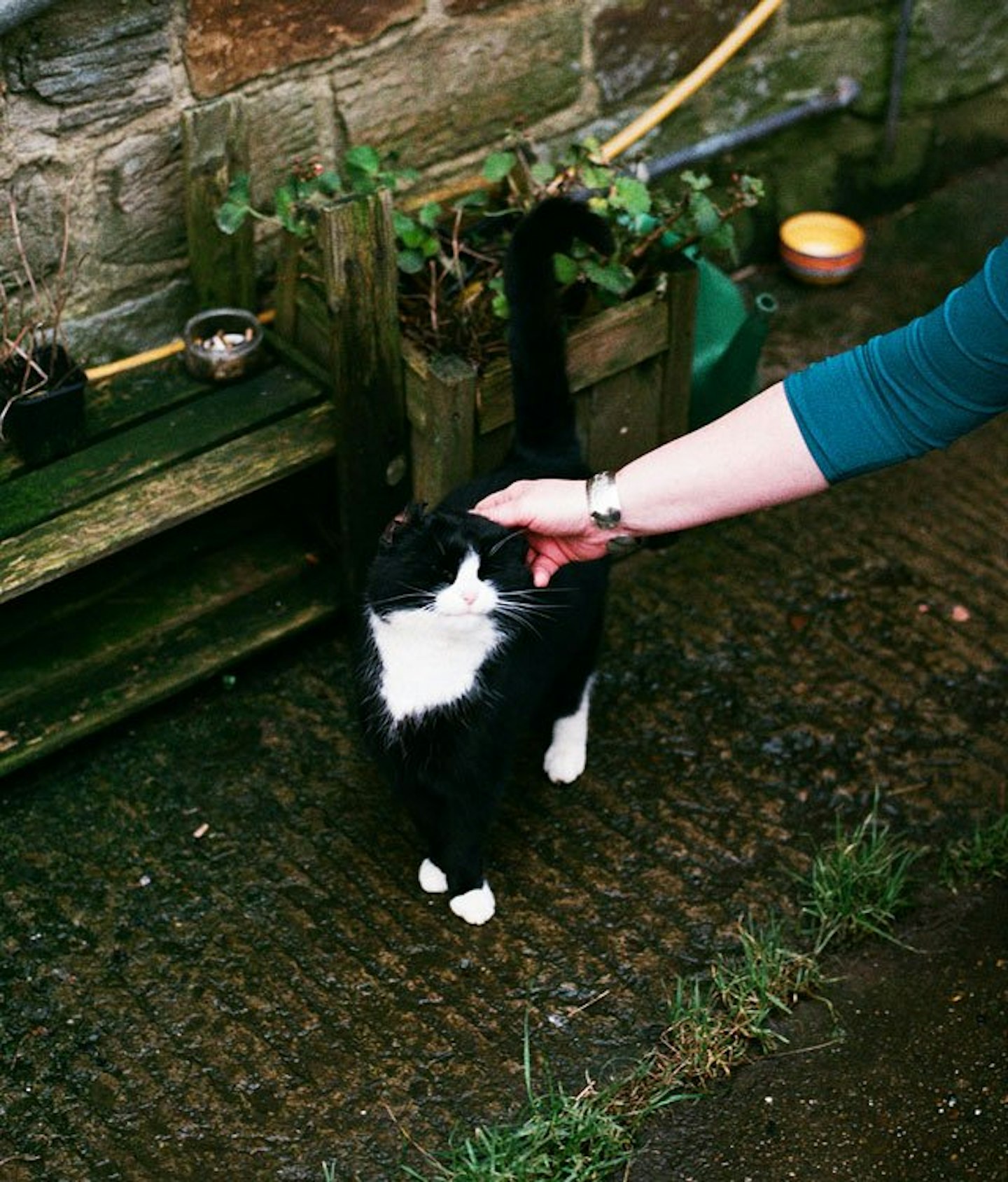
She describes a Coven as being 'a family who would defend one another to the death'. There are only six members of Hearth of Albion; two couples and a single man and woman, of varying ages. The Coven perform rituals and rites in the woods at night; lighting incense and candles, casting circles and erecting a 'portable altar'. They also run training courses for those interested in learning more about Traditional Witchcraft. Training involves learning more about the craft, participating in rituals in the woods and visiting sacred sites across the UK. Suzanne has noticed a predominance of women approaching Witchcraft in recent years.
'Most are seeking something with personal relevance, something that empowers them and perhaps is different than the prevalent patriarchal based western religions, something that allows personal understanding.'
Suzanne notes that many young women approaching the craft are interested in Wicca, which is predicated on the positive, love and light, while Traditional Witchcraft allows for a balance, an acknowledgement of the good and the bad, the lightness and dark. While many come to Traditional Witchcraft, few actually stick with it.
'Not all can commit in the way many of us feel is required.'
Marielle Holman is the High Priestess of the Brighton Coven, practising Alexandrian Witchcraft; a strand of Wicca formed by two married English occultists in the 1960s: Alex Sanders){href='https://en.wikipedia.org/wiki/Alex_Sanders_(Wiccan)' target='_blank' rel='noopener noreferrer'}, the self-styled 'King of Witches', and his much younger wife, Maxine. Alexandrian Witchcraft offers an emphasis on gender polarity, the God and the Goddess. Alexandrian rites include 'skyclad' practice (ritual nudity) and ceremonial magic. Marielle has been practising Alexandrian Wicca for over twenty-years. She first became interested in Witchcraft as a child, specifically interested in the Witches of folklore and herb craft. She is one of the few female members of her Coven.
'Most people think of a woman when they hear the word Witch; a healer with herbs, slightly eccentric, with a healthy dose of willpower. But in the craft we have men and women.'
As High Priestess of a Coven, Marielle is charged with guiding and training people who are interested in Witchcraft; to initiate members and conduct rituals. To Marielle, Alexandrian Wicca is a philosophy, a lifestyle, a part of everyday life. While Marielle notices younger people and women seem to have a greater synergy with the environment and the earth; she is still seeing a diversity in age and gender in people approaching the craft.
'People of different kind of ages and backgrounds are drawn to the craft, not only young people. Sometimes there are 'waves' of young people, and other times there are more older people, it varies a lot. The nature aspect, and the balance of the energies we call the God and Goddess, is appealing. Anyone can learn Witchcraft, healing, herbs, and in time, magic.'
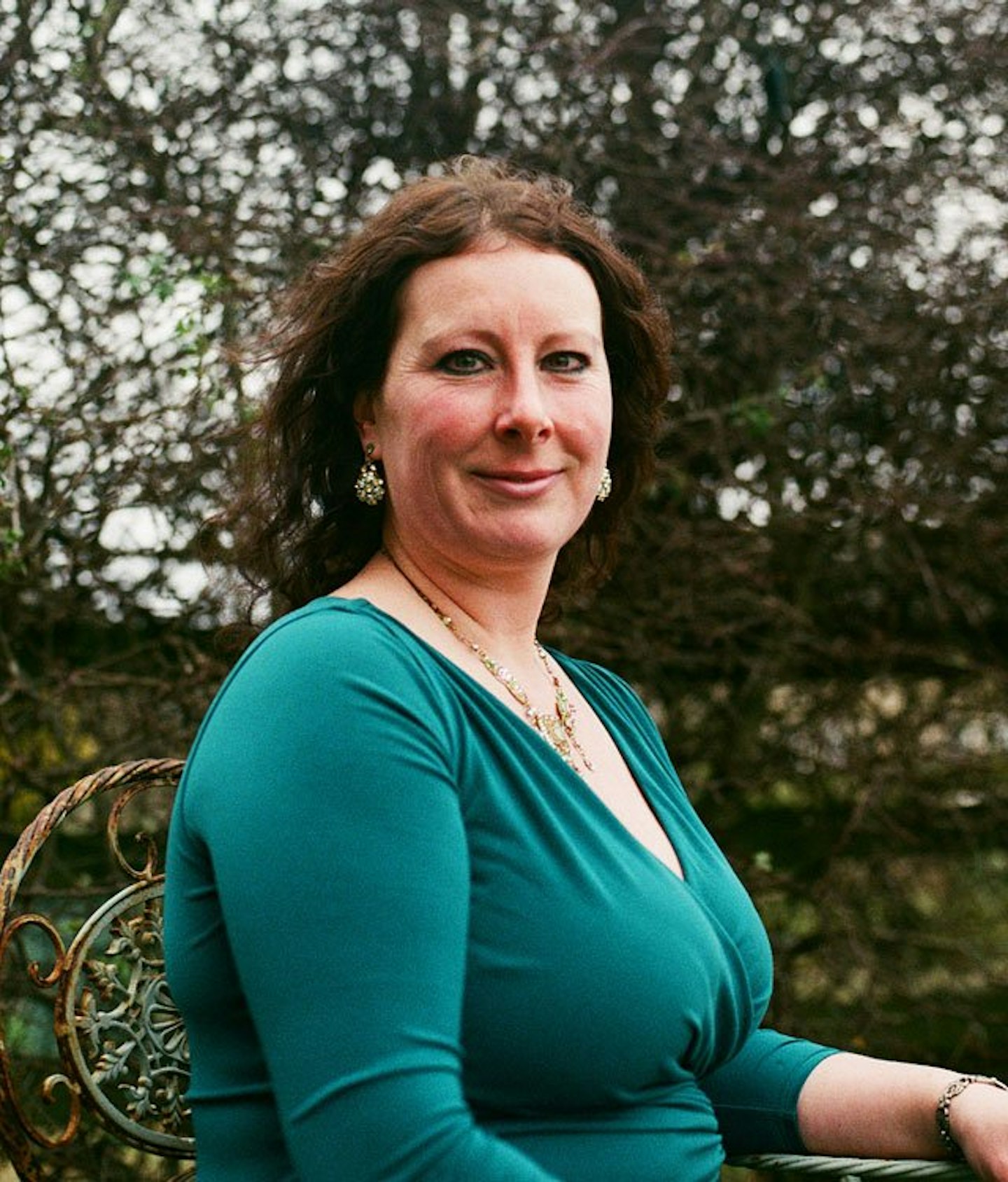
Karen Heyhoe is a Druidwitch based in Yorkshire; Druidwitchcraft being an amalgamation of the beliefs and practises of Druidry (an ancient and somewhat secretive spirituality that promotes nature and harmony) and Witchcraft.
'We worship nature and work with individual Gods and Goddesses.'
Karen invokes the Goddess in 'her triple form'; meaning she worships the goddess in her various incarnations, characterised within mythology; Blodeuwedd (a “flower-faced” figure), Arianrhod, (the goddess of fertility) and Cerdiwen (an enchantress from Welsh medieval legend). Karen’s practice of Druidwitchcraft begins as she wakes up in the morning, and ends when she goes to sleep at night.
'I live in the moment and magic is a part of everyday life. From the moment I wake, throughout the day and into the night. Even when I take a bath or shower it becomes a cleansing ritual where I give thanks to the water Gods. I invoke Vesta (Roman Goddess of Hearth and Home) whenever I light a candle or the gas cooker, at home.'
Karen’s interest in Witchcraft began when she moved to Salem, Massachusetts (yes, that Salem) to work as a nanny. Surrounded by an avid and engaged Pagan community, Karen began reading voraciously around the subjects of Paganism and Witchcraft, starting to practice Witchcraft alone. After making some connections in the community, she joined a Coven. It was at that time she discovered Druidry.
'It was like all the pieces of the puzzle had finally created the whole picture and I knew I was a Druidwitch.'
Karen has since moved back to her hometown in Yorkshire, where she has started her own Coven: The Order of the Druidwitch. Women outnumber men in the Coven nine to one, and there are even two children, a rarity in a Coven, with most usually requiring members to be at least twenty-one.
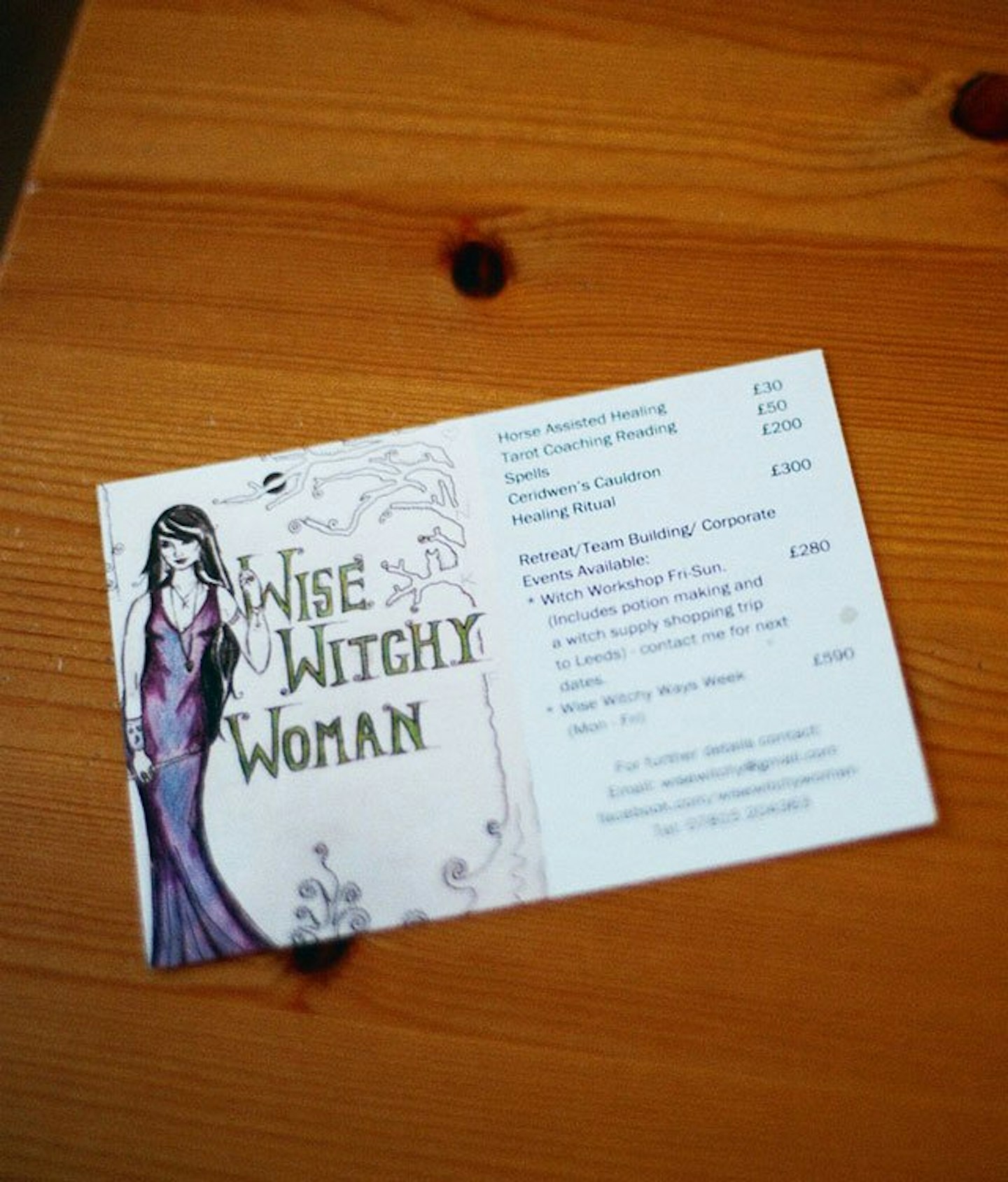
'My Coven meets on new moons and full moons. We’re open to new members once a year in November, when I request a commitment for a year and a day. We then practice the ritual arts and become a tight-knit group. I also celebrate the eight sabbats over the year where we have an open house, ritual feast and celebrations - anyone is welcome to come and attend.'
Karen now offers a
, utilising her very particular skillset. She offers sessions of Horse Assisted Healing, in which she calls upon the healing powers of horses, spell casting tailored to your wants and desires, and day-long cauldron healing rituals, with formal circle casting and shamanic drumming. Karen is noticing more women calling on her services, and is roundly delighted to see women increasingly identifying with Witchcraft.
'Young women are feeling empowered and reclaiming their inner Goddess. It is appealing following 2000 years of a patriarchal submissive rule - very few young people identify with traditional religions any more and are looking for something which resonates now.'
Dr. Marion Gibson is a Professor of Renaissance and Magic Literatures at the University of Exeter. Gibson sees the interest young women are taking in Witchcraft as increasing in conjunction with the perceived level of threat against them; this current moment in history being one in which female autonomy is under increasing and devastating risk.
'Identifying as a Witch is a way of marking yourself out. If you can’t assert yourself in the material world, maybe you can assert yourself in the magical world or the spiritual world.'
I wonder whether there is something fundamentally feminist about identifying with Witchcraft? Gibson believes there may well be.
'Identifying as a Witch offers female empowerment in a number of ways: to live alone, to work against the established patriarchal order. We are living in quite conservative times; older people and men still have all the wealth and power. Witches were the proto-feminists.'
Interestingly, Gibson has noticed a change in popular culture’s handling of the Witch. Removed from the poppy, positive Witches of the nineties and early-oughts - Sabrina the Teenage Witch, Buffy the Vampire Slayer and Charmed - the Witch now is quite dark.
'Witches in current popular culture are no longer safe and fluffy, they are quite a dangerous version of the Witch. They perhaps allow permission for women to transgress.'
While researching the piece something that became glaringly apparent was how consistently the Witch is rendered white; there appears to be something quite symbolic in the Witch of a rarefied and exclusive mode of white feminism. There is also a privileging of ancestry and preserving tradition, which can feel a little uncomfortable at times.
'The Witch is quite problematic,' Gibson agrees. 'The Witch is good for white feminism; but the belief that white magic is good, black magic is bad, still exists. The image of the Witch is participating in the same racisms we experience throughout Western European society.'
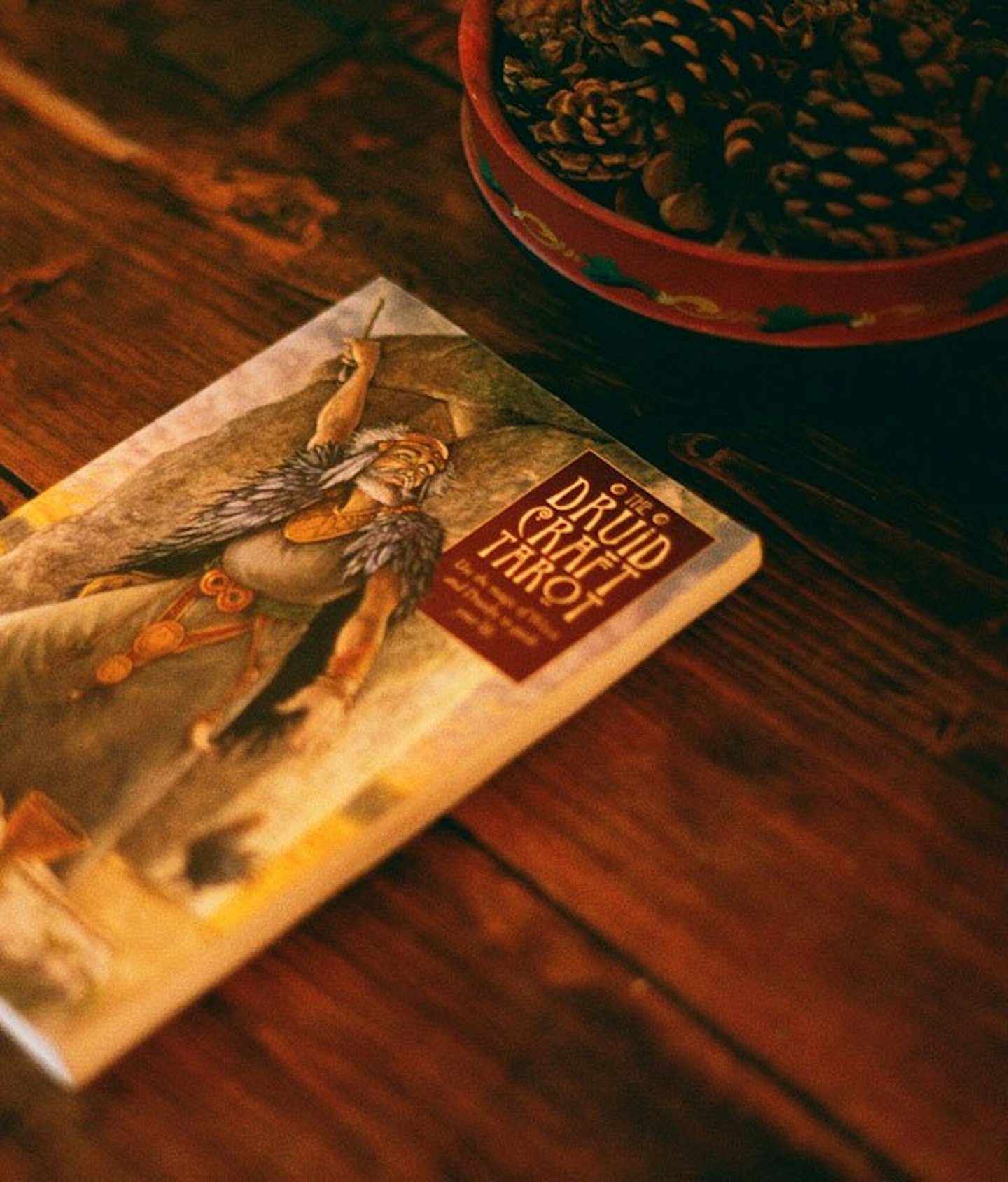
Witchcraft was made a capital offence in 1563 - seen as heresy in the eyes of the church. Between the years of 1484 and 1750, over 200,000 'Witches' were burned or hanged across Western Europe; 'Witches' because few of them were actually practising Witchcraft, many just old, poor women; punished for their perceived transgressions with the gamut of medieval torture devices. 1735 marked a turning point; Witches were still prosecuted and punished, but as charlatans and frauds, selling fake spells and hokey magic. This remained in force until 1951, when it was eventually repealed. In more recent years, Wicca has seen booms in the 1970s and 1980s, responding to the social conservatism of the time, and in the 1990s, in conjunction with a re-engagement in New Age ideologies and a popular culture preoccupation, with television shows and films featuring Witchcraft such as Buffy The Vampire and The Craft, dubbed 'Wicca-lite'.
There are currently eighteen active Covens registered with the UK Pagan Council all over the UK, though there are thought to be over a hundred. At the last census in 2011 - over 11,000 individuals identified as Wiccans and over 1,000 identified as Witches.
'The Witch,' Gibson mysteriously concludes, 'never really goes away'.
Like This? You Might Also Be Interested In...
Are More Twenty Something Women Turning To Witchcraft? We Asked An Expert
This article originally appeared on The Debrief.
